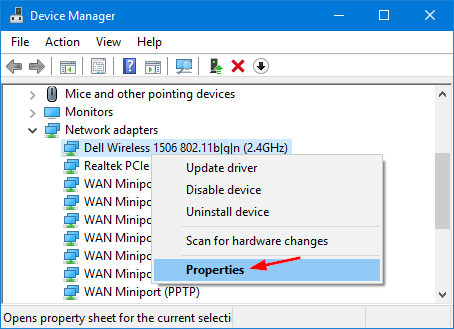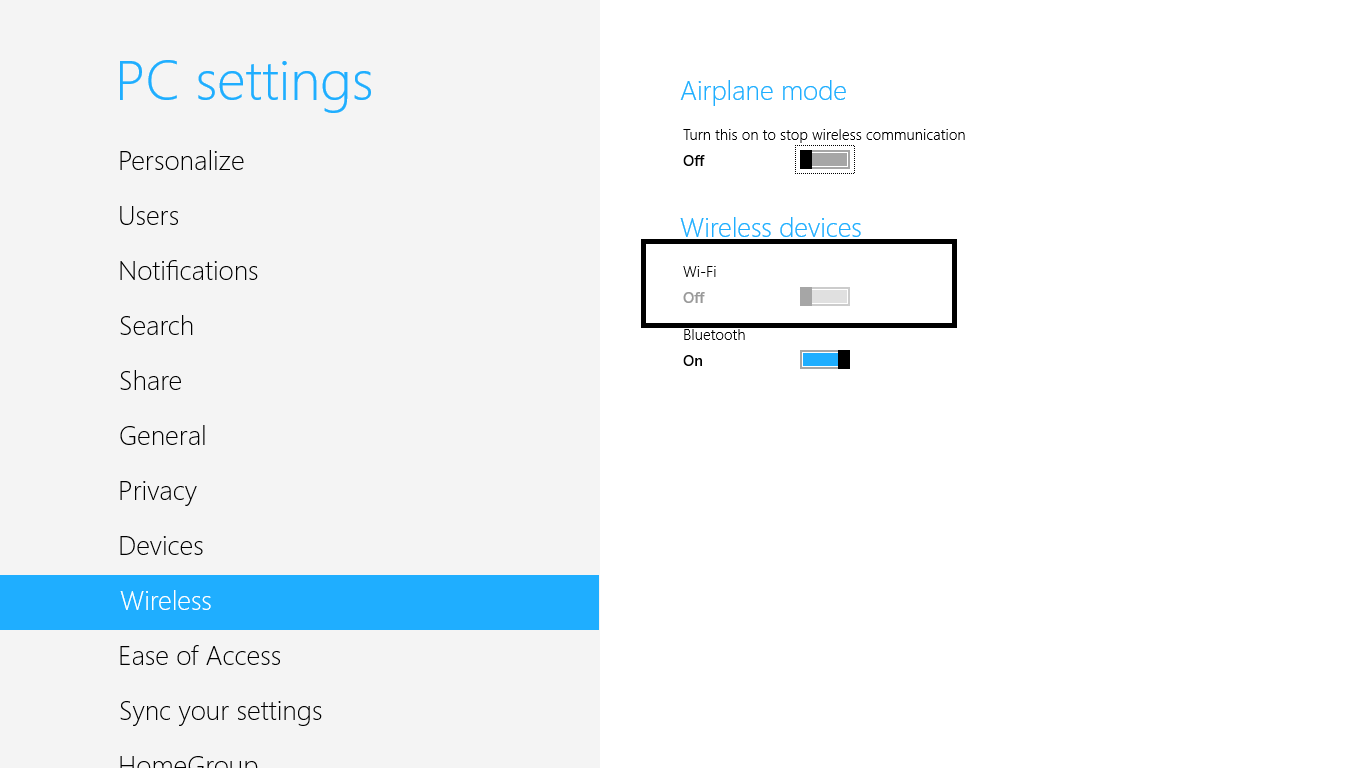
How to manage wireless networks in Windows 8.1 Windows 8 has extreme UI changes for management of wireless networks. The good old user interface of Windows 7 was removed, and now, Windows 8 provides you a touch friendly network pane to connect to a wireless network, and does not provide any GUI to remove the stored network profiles. Nov 10, 2014 I recently updated my windows 8 pc to windows 8.1 and the installation went smoothly except for now it doesn't detect any wireless networks even though I am using the wifi.


Jul 11, 2012“I just set up a wireless network in my house and had no trouble getting my older computers connected. However, I don’t know anything about the ins and outs of wireless networking on newer Windows 8-based computers. How do I connect to a wireless network in Windows 8?”When you try to connect a Windows 8-based computer to a wireless network for the first time, the first thing you’re likely to notice is that the process of connecting to a network hasn’t changed much; if anything, it’s just simpler and has a friendlier interface. Let’s walk through the process of connecting Windows 8 to a wireless network. Click the wireless connection icon in the lower-right corner of the screen. Alternatively, move the mouse to the upper-right corner of the screen to open the Charms menu, select Settings and then click the wireless connection icon near the bottom of the expanded menu. Opening this screen displays a list of the nearby wireless access points that Windows 8 detects.
Wireless Network Settings Windows 10
Click the name of the wireless network to which you want to connect. Click the Connect automatically check box to have Windows 8 connect to this wireless network automatically when your computer is within range. Click the Connect button to connect to the network. If the network requires an encryption key, Windows prompts you to enter the key. Type the encryption key and click the Next button to connect to the network.
IntroductionIn addition to the new Metro Start screen, you'll find some new, enhanced, and even removed networking features in Windows 8. Here I'll show you some of these network-related interface, feature, and functionality changes. Although this is based on the Consumer Preview of Windows 8, it should be close to what we’ll see in the final release.Network List and the Network and Sharing CenterAs soon as you click (or tap when using a touch screen) on the Windows network icon in the system tray you'll notice a difference from Windows 7 and earlier versions. Instead of the network list popping up from the system tray, a Metro Style pane or bar (see Figure 1) will slide out from the right side of Windows 8 and is much larger; about the same width but the height runs the entire screen.Figure 1You can also access the network list when using the new Metro Start screen: slide your cursor (or finger) from the bottom right corner up and then select the Settings button. Then on the Metro style bar, select the network icon.On the top of the network list you'll find a switch to turn the new Airplane Mode on and off. Like offered on many mobile devices already, when the Airplane Mode is enabled all wireless communication on the computer is disabled. Of course this will be more useful on Windows 8 laptops and tablets than on traditional PCs.Under the Airplane mode option you'll find a separated list of any detected mobile broadband (if you have built-in or added 3G or 4G capability) and Wi-Fi networks.
Similar to Windows 7, to connect to a network you click (or tap) on a network name (and you can uncheck the Connect Automatically option if you don't want it to automatically connect in the future) and then click (or tap) the Connect button, as Figure 2 shows. Figure 2And when selecting a mobile broadband network you'll also see a Roam Automatically option you can enable before connecting if you prefer to do so.The first time you connect to a particular Wi-Fi network, you'll also receive a prompt (see Figure 3) asking if you'd like to enable sharing for the network.Figure 3This is similar to the prompt in Windows Vista and 7 asking you what type of network (Public, Home, or Work) you're connecting to so it could determine if sharing should be enable. But Windows 8 takes a direct approach and sets this network type for you based on if you want to share or not: if you choose to share it sets it as a Private network or if you choose not to share it sets it as a Public network.On this new network list you won't find a shortcut to open the Network and Sharing Center like in Windows Vista and 7, but you can still right-click (or tap and hold) the network icon in the system tray to open it or navigate through the Control Panel. Once you open the Network and Sharing Center you'll find it's been streamlined a bit in Windows 8, as Figure 4 shows. Figure 4One of the biggest changes is that the Manage Wireless Networks shortcut is missing from the left side of the window. This is because Windows doesn't allow you to manually prioritize your Wi-Fi networks, but automatically does this for you based upon your connection behaviors.You might also notice on the Network and Sharing Center that you can't click (or tap) the network type (Private or Public) to change it like you could in Windows Vista and 7.
But you can still change it, for instance if you want to enable sharing: click (or tap) the network icon in the system tray, right-click (or tap and hold) the network name, and select Turn Sharing On or Off, as Figure 5 shows.Figure 5You'll then see the same prompt that's shown after connecting to a Wi-Fi network for the first time (from Figure 3), asking about whether you want to share or not. Data Usage Tracking and MeteringTo help you gauge the amount of data usage on networks, Windows 8 includes a new data usage tracking and metering feature. This is especially useful when using mobile broadband networks, as your service likely has a limit to the amount of data you can use before you're charged overage fees or the speed is throttled, or maybe you're even on a pay-as-you-go plan that charges per usage.By default, Windows 8 tracks the amount of data you transfer over Wi-Fi and mobile broadband networks.
